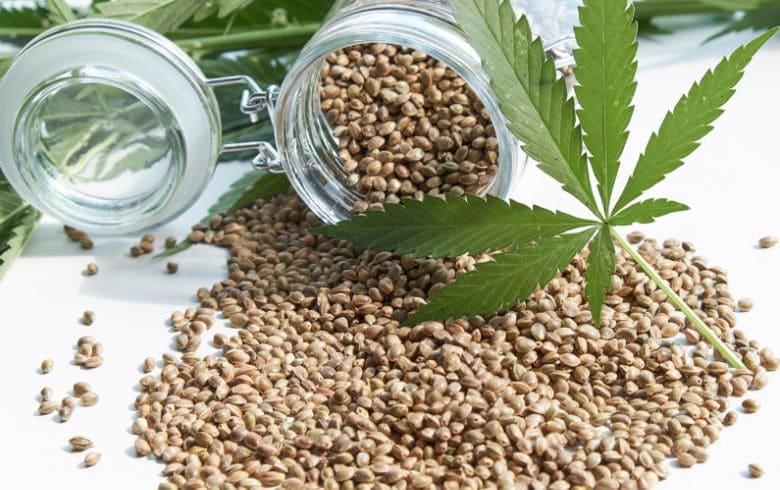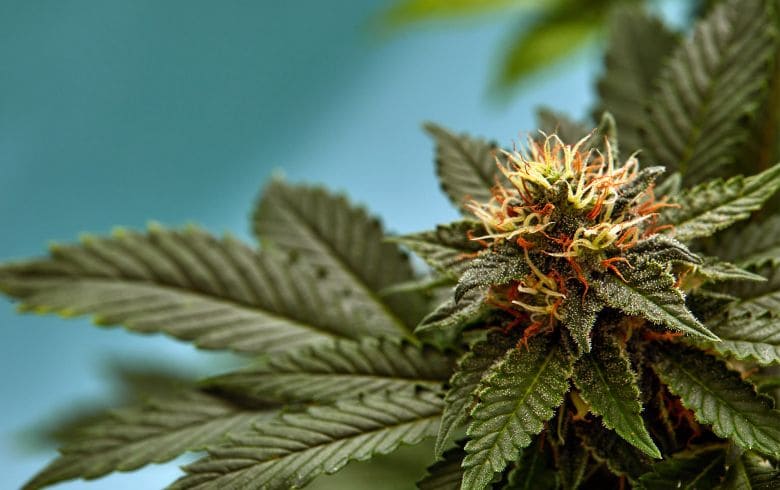Brick weed has long been the most common way many people first encountered cannabis, especially in illegal markets. While its availability made it popular in different parts of the world, its quality is far from that of naturally grown buds cultivated under controlled conditions.
Today, we know that brick weed not only loses much of its aroma, flavor, and potency but also can pose health risks due to mold or added substances. Have you ever wondered where it really comes from and why it continues to circulate despite its drawbacks? Understanding its origin and characteristics is key to making safer choices and enjoying a high-quality cannabis experience.
What is brick weed?
Brick weed is a type of cannabis presented in compact blocks, created by compressing large amounts of plant material.
In most cases, not only buds are used, but also leaves, stems, and even branches. This compression process aims to make transport and storage easier, especially in illegal trade, but sacrifices much of the product’s quality. During pressure and prolonged handling, terpenes are lost—the compounds responsible for aroma and flavor—and cannabinoid potency is reduced.
Visually and to the touch, its characteristics are easy to identify. It usually has:
- Dull color, ranging from brown to dark green
- Rigid or brittle texture
- Faint or earthy smell
In contrast, natural buds or those grown under controlled conditions maintain vibrant green coloring, stay sticky due to resin, and emit intense aromas. This difference is not just aesthetic: brick weed generally offers a less pleasant consumption experience and, in many cases, is less safe due to prolonged storage or unsanitary conditions.
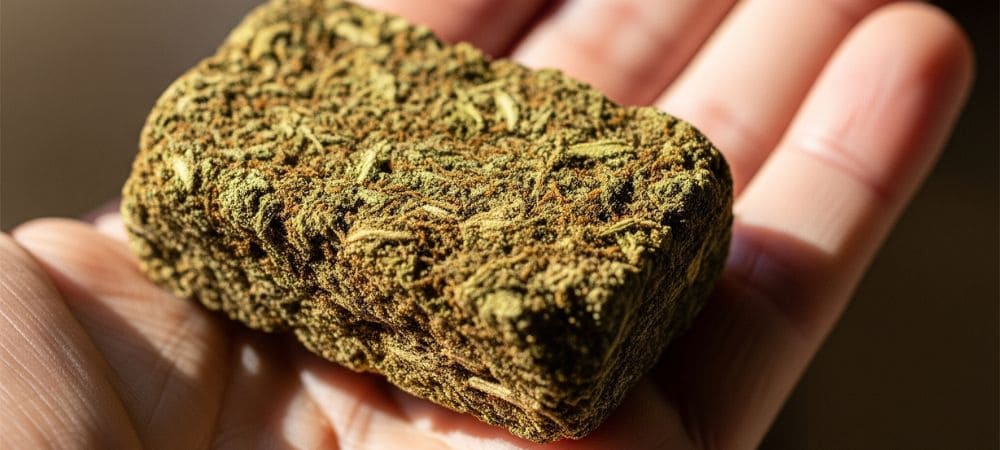
Origins of brick weed
The history of brick weed is directly linked to illegal trade and the need to transport large amounts of cannabis quickly and discreetly. Its most well-known appearance traces back to several countries in Latin America, where trafficking groups sought to optimize space and facilitate shipment to foreign markets. By compressing cannabis into compact blocks, it became much easier to move via land, river, or sea routes without arousing suspicion.
Production has traditionally concentrated in Paraguay, a major exporter to neighboring countries such as Brazil, and later to Europe. Batches from Mexico and other Central American countries have also been identified, as they leveraged trafficking routes connecting to southern Spain.
From there, brick weed enters the European black market, circulating at low prices but with quality far inferior to locally grown buds.
How brick weed is made
Brick weed is produced with a clear objective: reduce volume and facilitate transport. To achieve this, producers apply high pressure to plant material that is not always of good quality.
Some key points in its production include:
- Plant material mix: not only buds are used, but also leaves, stems, and branches that lower the final quality.
- Extreme pressing: all material is compacted into hard, dense blocks to facilitate transport.
- Additives and contaminants: sometimes sand, oils, fertilizers, or even chemicals are added to increase weight or maintain shape.
- Health risks: moisture trapped in the block can cause mold, and chemicals increase health hazards.
The end result is a product with low concentrations of cannabinoids and terpenes, dry or hard texture, and a high risk of containing mold, pesticides, and other impurities. These conditions not only reduce the quality of the effect but can also cause respiratory irritation or digestive discomfort for users.
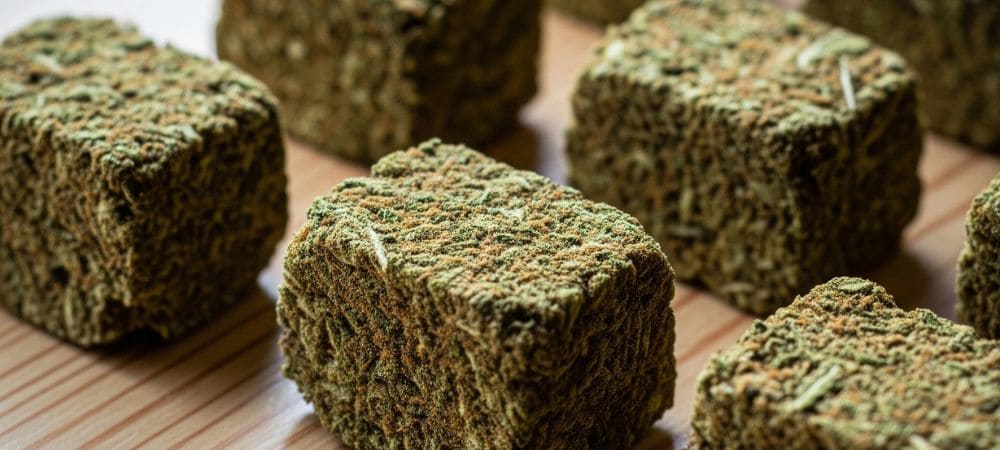
Risks of consuming brick weed
Consuming brick weed involves risks that go beyond poor quality. While it may seem like a cheap or easy option, this type of cannabis can seriously affect your health and lead to legal problems.
Contaminants, mold, and pesticides
One of the main issues with brick weed is that its production and storage do not always meet hygiene standards. This can result in the presence of contaminants, mold, and pesticides that are harmful to health. Exposure can cause respiratory issues, allergic reactions, and other illnesses.
Low potency and loss of components
Pressing and prolonged storage of cannabis lead to degradation of key components. Over time, the plant loses its terpenes (compounds responsible for aroma and flavor) and cannabinoids (active compounds like THC and CBD). This results in low potency and a less effective experience for the user.
Pulmonary effects and legal risks
Consuming brick weed can have serious pulmonary consequences. Impurities and burning lower-quality material can irritate the lungs and increase long-term respiratory risks. Additionally, in many areas, purchasing and consuming cannabis, regardless of its form, carries significant legal risks, including fines and prison sentences.
Differences between brick weed and natural cannabis
When choosing cannabis, distinguishing between brick weed and natural buds is key for safety and quality of experience. While both products may look similar to an untrained eye, differences are clear in appearance, smell, potency, and most importantly, the risks involved.
| Feature | Brick Weed | Natural Cannabis |
|---|---|---|
| Appearance | Brownish, greenish, compact, with plant debris | Bright green, fluffy and clean buds |
| Smell | Weak, stale, or nearly nonexistent | Strong, fresh, with sweet or earthy notes |
| Texture | Hard and dry, not sticky | Sticky, resinous, and easy to break apart |
| Potency | Low and undefined | High, true to the strain’s genetics |
| Health Risk | High: mold, chemicals, and contaminants | Low if properly cultivated and cured |
Why avoid brick weed?
Opting for brick weed may seem like a quick or inexpensive solution, but in reality, its drawbacks far outweigh the benefits. Compared to homegrown cannabis or products from regulated dispensaries, the differences in quality, safety, and overall enjoyment are striking.
- Brick weed is often contaminated with leaves, stems, and even chemicals added to increase weight, which compromises both aroma and potency.
- Additionally, its uncontrolled transport and storage promote mold and fungal growth that can seriously affect lung health.
For a safe and high-quality cannabis experience, the best option is controlled cultivation. Growing it yourself allows you to monitor every step of the process and ensure it is free of contaminants.
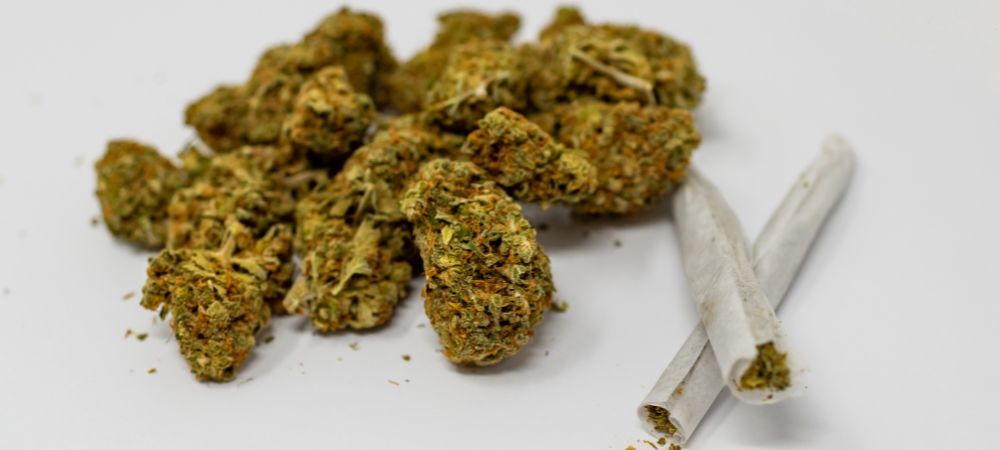
Legal and safe alternatives to brick weed
If you want to move away from brick weed without sacrificing a satisfying experience, there are much safer, legal, and higher-quality options available. Today’s consumers can access products that not only respect health but also offer cleaner aromas, flavors, and effects.
- Buy feminized seeds for home cultivation: The best way to know what you are consuming is to grow it yourself. Feminized seeds produce productive plants with stable genetics, while auto-flowering seeds are ideal for fast and discreet harvests.
- Legal CBD flowers or industrial hemp: These come from regulated crops, contain no harmful contaminants, and are legal in many countries. They offer natural aroma and relaxation without the psychoactive risk of THC.
- Verified products from specialized stores: Buying from trusted websites ensures you receive controlled buds or derivatives free of chemicals, pesticides, and mold.
If your goal is a safe and enjoyable experience, choosing home cultivation or legal CBD flowers is the best alternative. Additionally, our online store offers certified seeds and products that help you completely avoid brick weed and its associated risks.
 Personalized attention +34 96 206 62 98
Personalized attention +34 96 206 62 98 Free shipping to Iberian Peninsula from 30€
Free shipping to Iberian Peninsula from 30€ 9/10 Rating
9/10 Rating Discreet shipping
Discreet shipping


